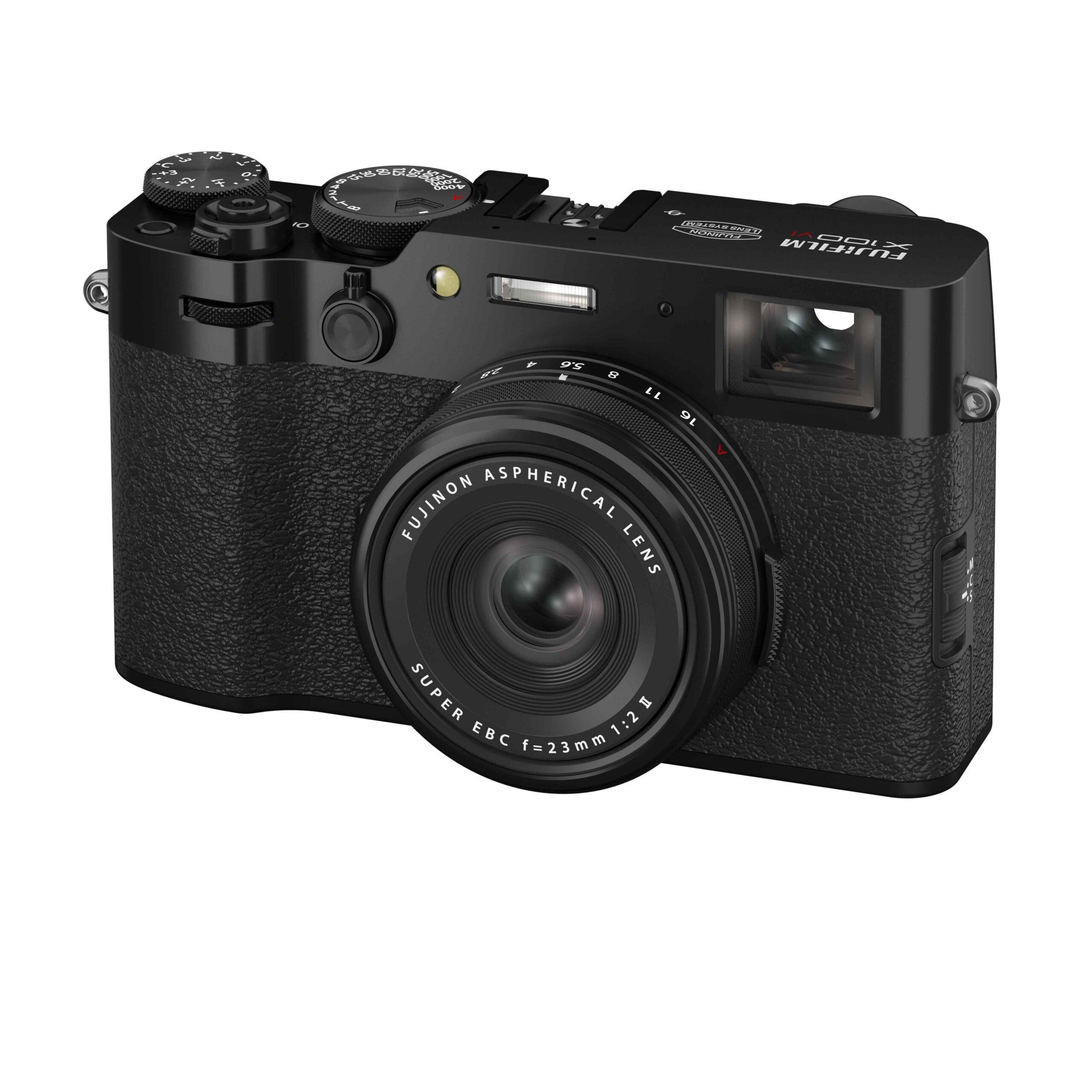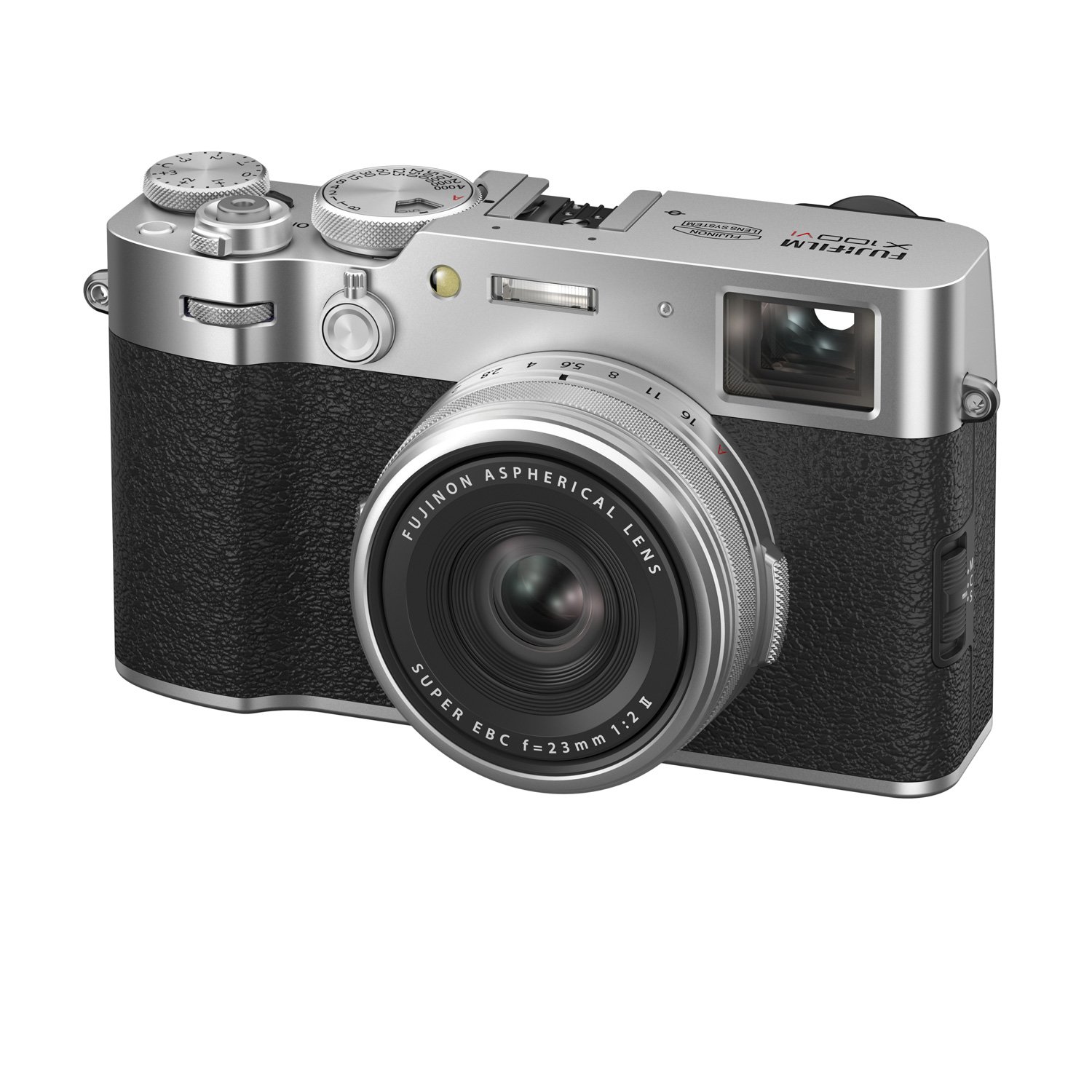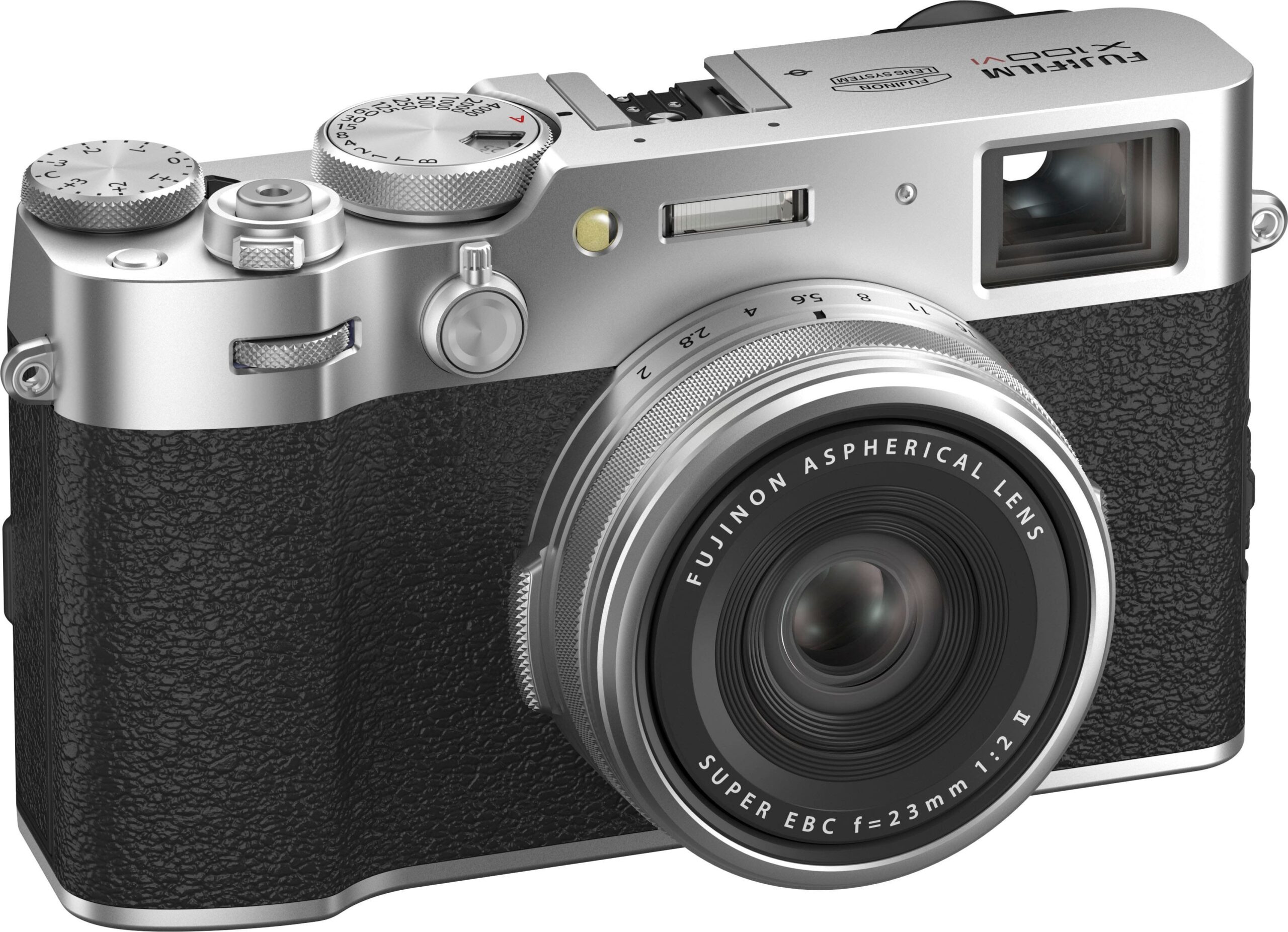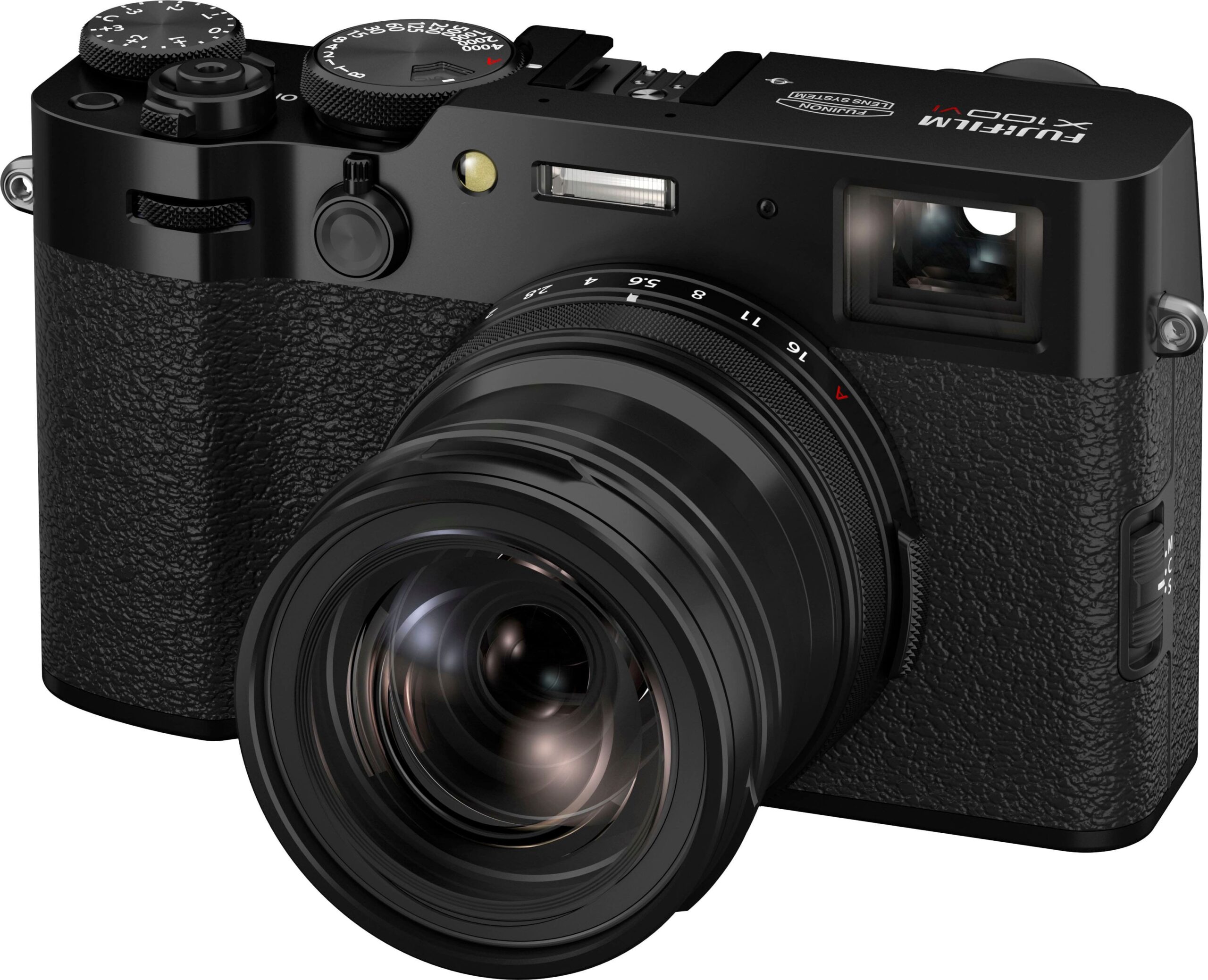The Fujifilm X100VI: More Than Just Hype? A Deep Dive

The Fujifilm X100 series. It’s a name that evokes a certain mystique, a blend of retro charm and modern technology that has captured the hearts (and wallets) of photographers for years. The X100VI, the latest iteration, arrives with the weight of expectation on its shoulders. Has Fujifilm managed to improve on an already iconic formula, or has the pursuit of perfection led to diminishing returns? Let’s find out.
The first thing that strikes you about the X100VI is its design. It’s undeniably gorgeous. The retro styling, reminiscent of classic rangefinders, is executed flawlessly. Build quality is exceptional; the camera feels solid and reassuringly weighty in hand, a testament to Fujifilm’s attention to detail. The familiar dials for shutter speed, aperture, and exposure compensation are tactile and satisfying to use. For those already entrenched in the X100 ecosystem, the muscle memory translates seamlessly.
But beauty is only skin deep. Thankfully, the X100VI packs a serious punch under the hood. The most significant upgrade is the inclusion of a 40.2MP X-Trans CMOS 5 HR sensor, borrowed from the X-T5. This delivers significantly more detail and dynamic range than its predecessor. Coupled with the fixed 23mm f/2 lens (equivalent to 35mm on a full-frame camera), the X100VI is capable of producing stunning images with that signature Fujifilm “look.” The in-body image stabilization (IBIS), a first for the X100 series, provides up to 6 stops of shake reduction, greatly enhancing low-light performance. Autofocus is snappy and reliable, thanks to Fujifilm’s latest algorithms, tracking subjects with impressive accuracy.

However, the increased resolution does come at a cost. Processing times are noticeably longer, especially when shooting RAW files. While not a deal-breaker, it’s a slight slowdown compared to the X100V. The battery life, too, takes a hit; expect to get fewer shots per charge. The inclusion of IBIS, while welcome, contributes to a slightly bulkier body compared to its predecessor. The fixed lens, while central to the X100 series identity, remains a limitation for some photographers who prefer greater focal length flexibility. The increased weight from the IBIS is also felt slightly when comparing to the X100V.

The X100VI’s video capabilities are respectable, offering 6.2K/30p internal recording. The film simulations, a hallmark of Fujifilm cameras, are available in video mode, allowing you to create unique and visually appealing footage.
The price point, however, is a significant hurdle for many. The X100VI is undeniably expensive, placing it firmly in premium territory. While the image quality and overall experience are exceptional, potential buyers need to carefully consider whether the features and improvements justify the investment.
Ultimately, the Fujifilm X100VI is a refined and highly capable camera. It’s a superb choice for street photographers, travel photographers, and anyone who appreciates a beautifully designed and well-built camera with a unique shooting experience. It’s best suited for photographers who value the fixed lens experience, desire that classic Fujifilm aesthetic, and are willing to pay a premium for it.

Where to Buy:
Fujifilm X100VI Digital Camera Quick Summary
Key Scores:
- Value: 70%
- Design: 98%
- Performance: 88%
- Quality: 94%
- Popularity: 99%
Top Pros
- ✅ The 40.2MP sensor delivers exceptional detail and dynamic range in photos.
- ✅ In-body image stabilization provides up to 6 stops of shake reduction.
- ✅ The retro design and build quality are truly exceptional and satisfying.
- …
Key Cons
- ❌ The increased resolution leads to longer processing times for RAW files.
- ❌ Battery life is reduced compared to previous X100 series models.
- ❌ The fixed 23mm lens limits focal length flexibility for some photographers.
- …






















